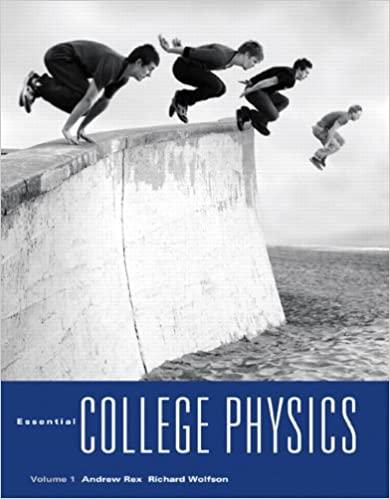Question
11. Now try setting up a circuit with TWO resistors in series, and measure the current and voltage for each resistor. Take a screenshot of
11. Now try setting up a circuit with TWO resistors in series, and measure the current and voltage for each resistor. Take a screenshot of the circuit you build in the simulator and attach it below.
12. In the area below, write in the currents and voltages for each resistor, and write a summary statement which explains voltage and current in a series circuit, i.e. "The current is constant everywhere in a series circuit." or similar.
13. Now try setting up a circuit with TWO resistors in parallel and measure the current and voltage for each resistor. Take a screenshot of the circuit you build in the simulator and attach it below.
14. In the area below, write in the measurements for each resistor and write a summary statement for voltage and current in a parallel circuit.
15. Now try putting THREE resistors in a circuit that contains BOTH a series portion and a parallel portion. Attach a screenshot of your circuit below.
16. Write out the values for current and resistor for each resistor. Then confirm that they comply with your statement in questions #16 and #18.
Questions #11-#16 summarize what are known as Kirchhoff's Loop and Junction rules of electricity. With these laws, one can simplify the math of even the most complex circuits.
Please help me!
Step by Step Solution
There are 3 Steps involved in it
Step: 1

Get Instant Access to Expert-Tailored Solutions
See step-by-step solutions with expert insights and AI powered tools for academic success
Step: 2

Step: 3

Ace Your Homework with AI
Get the answers you need in no time with our AI-driven, step-by-step assistance
Get Started


